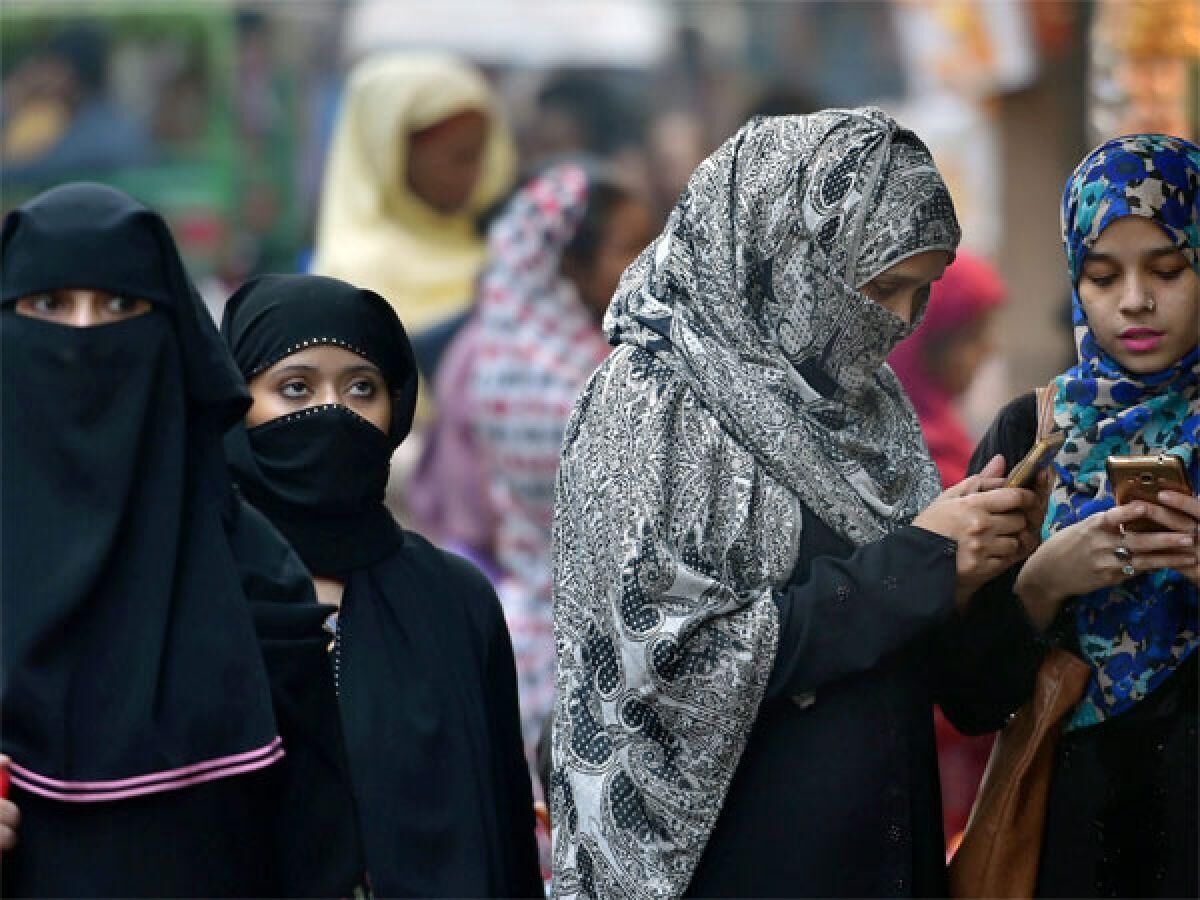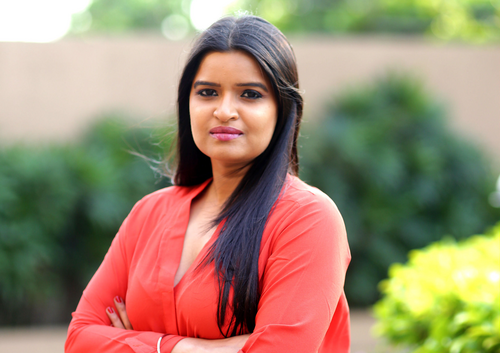Dress code
A ban on students wearing burqas and hijabs in a Karnataka college demands a deeper discussion on religious freedom and individual choice

When I was studying in a Jesuit college, one of the best in the country, we had a Catholic priest as the Dean of our department; let's call him Father E. He had a quiet demeanour, a bit stealthy, and a lot menacing. Father E's face was all head — his baldness made it hard to discern where his forehead ended and head began. You could notice his head among a sea of people even from a distance. His head arose like the Sun but instead of bringing hope, it brought fear and sadness. Father E wasn't a much-loved character within our college. We never saw him smile, leave alone crack a joke…and to make his persona even more loathsome, he had taken it upon himself to police women's clothing. His pet peeve was sleeveless clothes. He hated the sight so much that once in public he even held those armless attires the root cause for women getting harassed and eve-teased. Thankfully for Father E, those were the pre-social media days; otherwise, a comment and character like him would have surely gone viral.
As much as Father E was vigilant, some of us were rebellious. When you're seventeen and just stepped into pre-adult freedoms, how dare someone dictate your choice of clothing? So, we'd wear our sleeveless tops and sheath ourselves from Father E's prying eyes. On one such occasion I remember taking out a brand new, sleeveless top for an outing. Defiant enough to wear but not foolish enough to want to get caught, I spent the whole day successfully moving in and out of classes and the college canteen. Our Film Studies class would usually continue long after most of the college had left the premises. As I finished the class and walked through empty college corridors to make my way out of the main gate…just between the foyer and the college garden…just between college and freedom…arose the Sun of Father E's head. Bollocks! He spoke to me almost in a whisper. Out came his little book and I was 'challan'-ed. I would have to bring that slip to him before college started, stand awkwardly in the line of errant students near his desk. Mutter apologies, get him to sign the slip, and jog back to class to prevent getting late.
What an irritation! But a known one of women being told what to wear by men/society. This week, some Muslim students of Karnataka's Kundapur's Pre-University Government College went through an ordeal. They were denied entry into the college for wearing burqas and hijabs. In a video that's gone viral the students are seen pleading with the principal requesting him to not thwart their education. They even say that if they were aware of a burqa/hijab ban, then they wouldn't have taken admission in that college.
Implementing a sudden ban and disallowing students from entering the college quashes several rights namely, their right to education and freedom of religion. The intolerance of burqas and hijabs in particular smacks of Islamophobia. If it's not targeting Muslims, then will Sikhs also be asked to relinquish their turban? Wouldn't turbans also clash with the 'uniform'? The discussion about strict adherence to the uniform is a legitimate one. Can we flout uniforms while in school? Does it apply when one is in pre-College or College? To what an extent can one bend the rules, so long as the educational institution's decorum is followed? How much can our religious freedom or individual choice influence our 'uniform'? Do we need uniforms anymore? That's a topic for a separate column.
For me, the Kundapur college ban on burqas and hijabs feels like that age-old problem created by men where they take it upon themselves to enforce dress codes. I have written about this issue before but sadly these instances refuse to go. Female students have especially been targets. In the past, a Mumbai college banned ripped jeans while a Hyderabad one advised girls to wear knee-length kurtis to find a 'suitable groom'. Everyone is always telling us what to wear.
The Kundapur College incident can also be seen as an incitement of communal tension and refusal to 'tolerate' the leeway given to minorities vis-à-vis school uniforms. There are people who argue that many countries have banned the burqa and/or the hijab. Tunisia, Austria, Belgium, France, Denmark including Muslim-majority countries such as Kosovo, Turkey, and Azerbaijan have banned the garb to some degree. But why should we take a leaf from these countries? India has been the best example of unity in diversity. With our different religions and rich cross-section of myriad cultures, we should be the gold standard. After all, as a democracy we have ensured the religious freedom of all our people. We have stumbled in the last few years but have no doubt that India is still fighting to preserve her unity.
The writer is an author and media entrepreneur. Views expressed are personal



